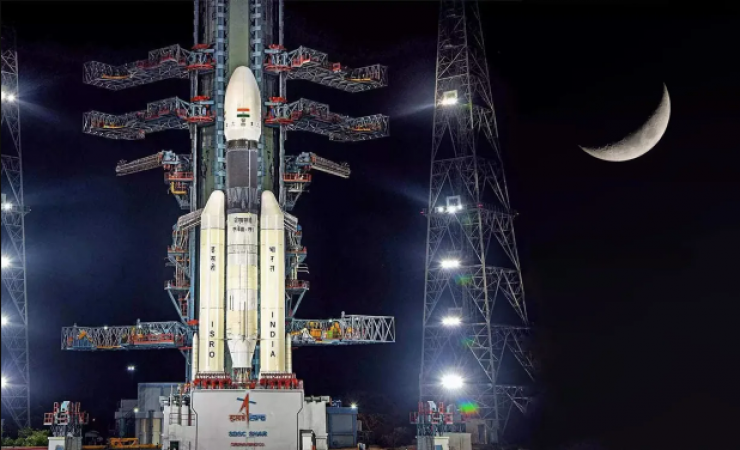
Chennai: Indian Space Research Organization (ISRO) has achieved another achievement. Flight acceptance hot test of CE-20 cryogenic engine was successfully completed by the organization.
It will power the launch vehicle of Chandrayaan-3's cryogenic upper stage. The test was conducted on February 24 at the ISRO Propulsion Complex in Mahendragiri, Tamil Nadu.
The most ambitious project for ISRO so far is the Chandrayaan-3 lunar exploration mission. India has an opportunity to leave its mark on an important exploration body the Moon.
Also Read: The Xiaomi 13 Pro Xiaomi's newest flagship smartphone has gone on sale in India
Since the propulsion module of Chandrayaan-3 will propel the lander and rover into a 100-km lunar orbit, it must function flawlessly for the project to succeed. We are hoping that the mission will be successful.
At the High Altitude Test Facility of the ISRO Propulsion Complex, ISRO conducted a 25-second warm-up test on 24 February. While testing was underway, the agency determined that propulsion parameters "were satisfactory and matched closely with predictions."
The cryogenic engine will now be integrated with the stage structures, propellant tanks and fluid lines, to form a fully integrated cryogenic stage.
2019 Chandrayaan-2 mission will be replaced by Chandrayaan-3. It will be launched by ISRO in June from the Satish Dhawan Space Center in Andhra Pradesh using a Launch Vehicle Mark 3 (LVM3) rocket.
It aims to show that India is capable of orbiting and landing on the lunar surface, a feat already achieved by countries like the US, China and Russia.
Propulsion, a lander and a rover will be the three components of Chandrayaan-3. To be known, the lander had undergone EMI-EMC (Electro-Magnetic Interference/Electro-Magnetic Compatibility) test earlier this year at the UR Rao Satellite Center in Bengaluru.
The satellite sub-systems were tested to see if they would still function in a space-like environment and if they would be compatible with the expected electromagnetic levels.
Also Read: Numerous users worldwide cannot access Google's email service
ISRO tested launcher compatibility, standalone auto compatibility for orbital and powered descent mission phases and rover compatibility for post-landing mission phase during EMI-EMC testing. All radio-frequency (RF) communication systems were also monitored for their antenna polarization.